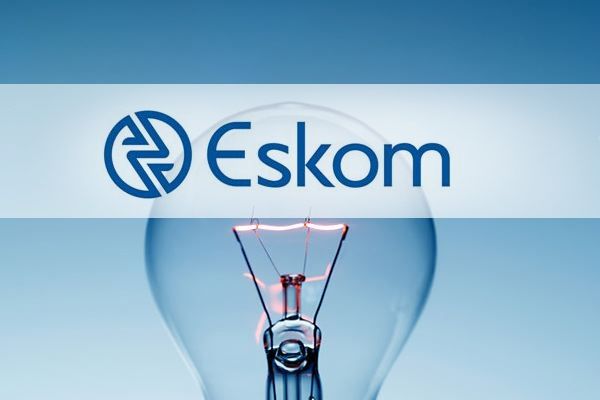Eskom to Deploy Renewable Energy to Aid in South Africa’s Power Crisis

Renewable energy projects are at the core of the efforts being made by struggling power company Eskom to boost capacity and fill the gap in South Africa’s electricity supply. The troubled state-owned corporation (SOC) stated last week that it is concentrating on putting all of its projects into action in order to produce the necessary 53GW of fresh extra energy for the years up to 2032, which would guarantee energy security.
The power utility claims that the new additional capacity required will primarily come from renewable energy sources and accounts for the present energy deficit of between 4,000 and 6,000 MW. Segomoco Scheppers, managing director of Eskom Transmission, calls the coming five years “extremely crucial” for the security of the energy supply.
“If the TDP [Transmission Development Plan] 2022 requirements to deliver an adequate transmission network capacity by 2027 are to be met, a significant investment of $4B (R72.2 billion) will be required to expand and strengthen the transmission grid over the next five years. Of this amount, R50.8 billion is required for new capacity expansion projects to meet the reliability requirements, connection of new generation capacity and loads, as well as to acquire servitudes. A further R21.4 billion is required to refurbish the existing asset base and procurement of production equipment,” he says.
According to a statement from Eskom, the R72 billion would be spent on the construction of 60 transformers and at least 2 890 km of additional high voltage lines by the 2027 fiscal year.
“Accommodating this increased generation capacity means that a reliable and adequate transmission system is required to integrate and dispatch this new capacity to the load centres across the country. Given uncertainty in the longer term and noting the Integrated Resources Plan as a policy document is currently being updated, Eskom is placing a strong focus on the implementation of projects over the next five years.
“This requires that some challenges beyond Eskom’s full control, such as the lead time to obtain servitudes, among other relevant authorisations, as well as the resource capacity in the country, be urgently addressed,” the power utility says.
In light of the ongoing power crisis, this week’s Medium-Term Budget Policy Statement from Finance Minister Enoch Godongwana stated that the government is considering starting an Eskom debt relief scheme in which it would assume some of the SOC’s R400 billion in debt.
The South African Wind Energy Association (SAWEA), a trade association for the renewable energy sector, claims that even after the 150th day of load-shedding this year, South Africa’s economy is still being negatively impacted by the energy availability factor, which is not able to reach the necessary levels.
SAWEA claims that while the issue is straightforward, finding solutions to the energy crisis is difficult and necessitates appropriate planning expertise. The group is pushing for “energy liberalization” as the main component of the strategy.
